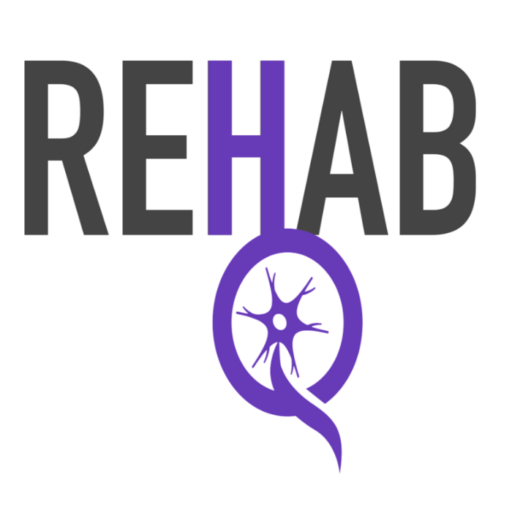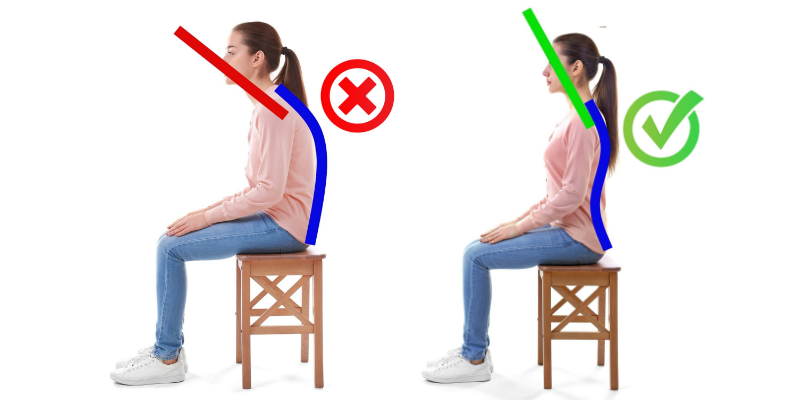Post stroke shoulder retraining often includes moving the arm bone. Unfortunately, many movement retraining programs fail to address the shoulder blade (flat bone on the back of the shoulder and the thoracic spine. Moving the humerus requires proper movement of the shoulder blade (scapular) and the thoracic spine. All of that being said, relearning how to move a “dead arm” must start with exercises to improve the mobility (movement) of the scapula and the thoracic spine.
The Scapula’s Role in Post Stroke Shoulder Retraining
As mentioned above, the shoulder blade (also called the scapula) is the large flat bone on the back of the shoulder. Under normal conditions this bone is positioned on the back of the shoulder with a small “peninsula” (the acromium) that comes off the top and serves as the top part of the shoulder joint.

To allow proper arm (humerus) movement overhead, the acromion needs to move out of the way. To move out of the way the shoulder blade must retract, rotate upward and tip backward.
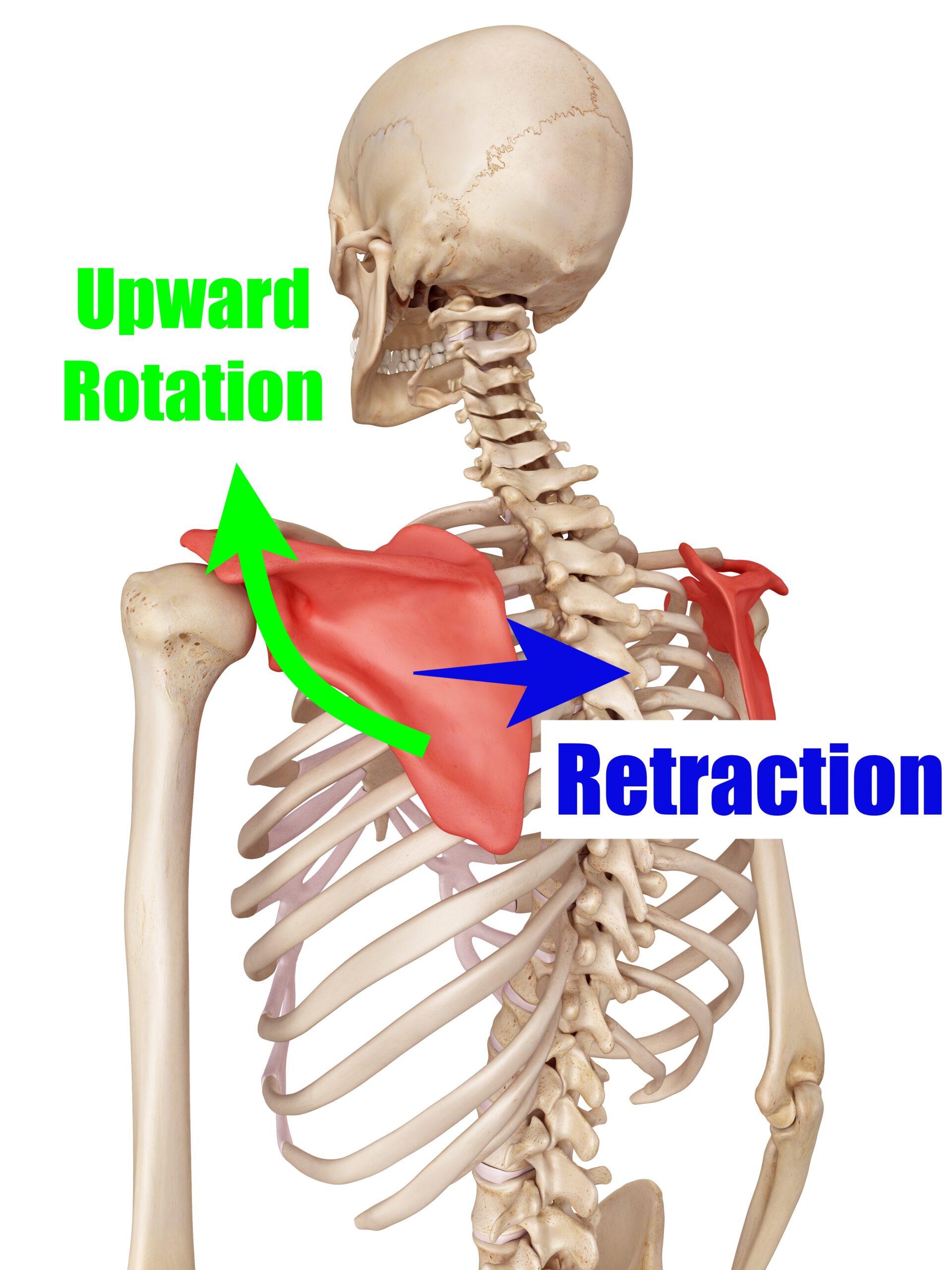
The Thoracic Spine’s Role in Post Stroke Shoulder Retraining
The thoracic spine also plays a roll in restoring arm movement. The thoracic spine are the vertebrae (bones that make up the spine) that run from the base of the neck to about where the ribs end. This places them the closest to the shoulder. When the arm is down, the thoracic spine is is slightly rounded forward (kyphosis). When the arm is raised, the thoracic spine must extend (flatten out the curve) to assist in moving the shoulder blade out of the way. However, if someone sits for long periods of time, the thoracic spine becomes “overly” rounded. This will result in muscle shortening, and decreases ability of the thoracic spine to extend. This can create pain in the shoulder (when reaching). More importantly, it can make it much more challenging to get a “dead arm” from raising up.
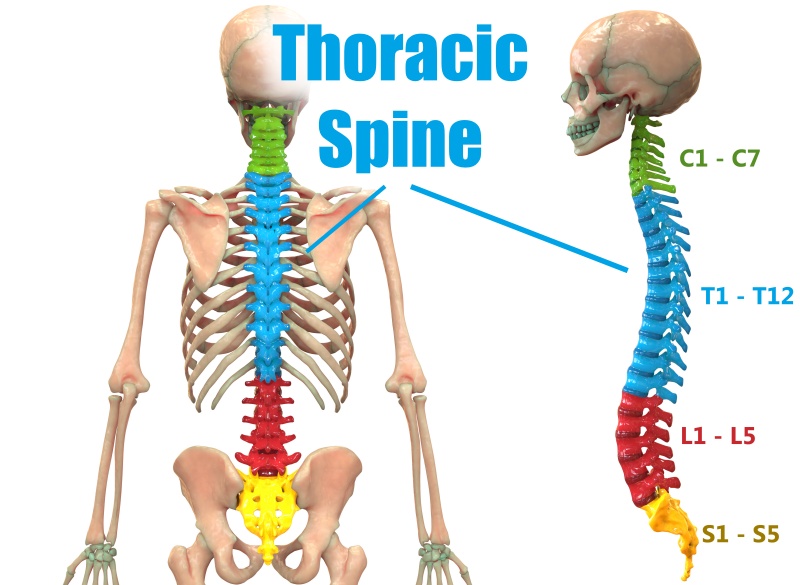
With all of this in mind, exercises focused on thoracic spine extension are also critical to restore proper shoulder movement
What are the best exercises to improve scapular movement?
This is two-fold. First, it is important to stretch the muscles that are pulling the shoulder blade forward and down (protraction and downward rotation). The muscles that have a tendency to be tight and sometimes over-active include the lattismus dorsi, pectoralis minor, biceps and serratus anterior.
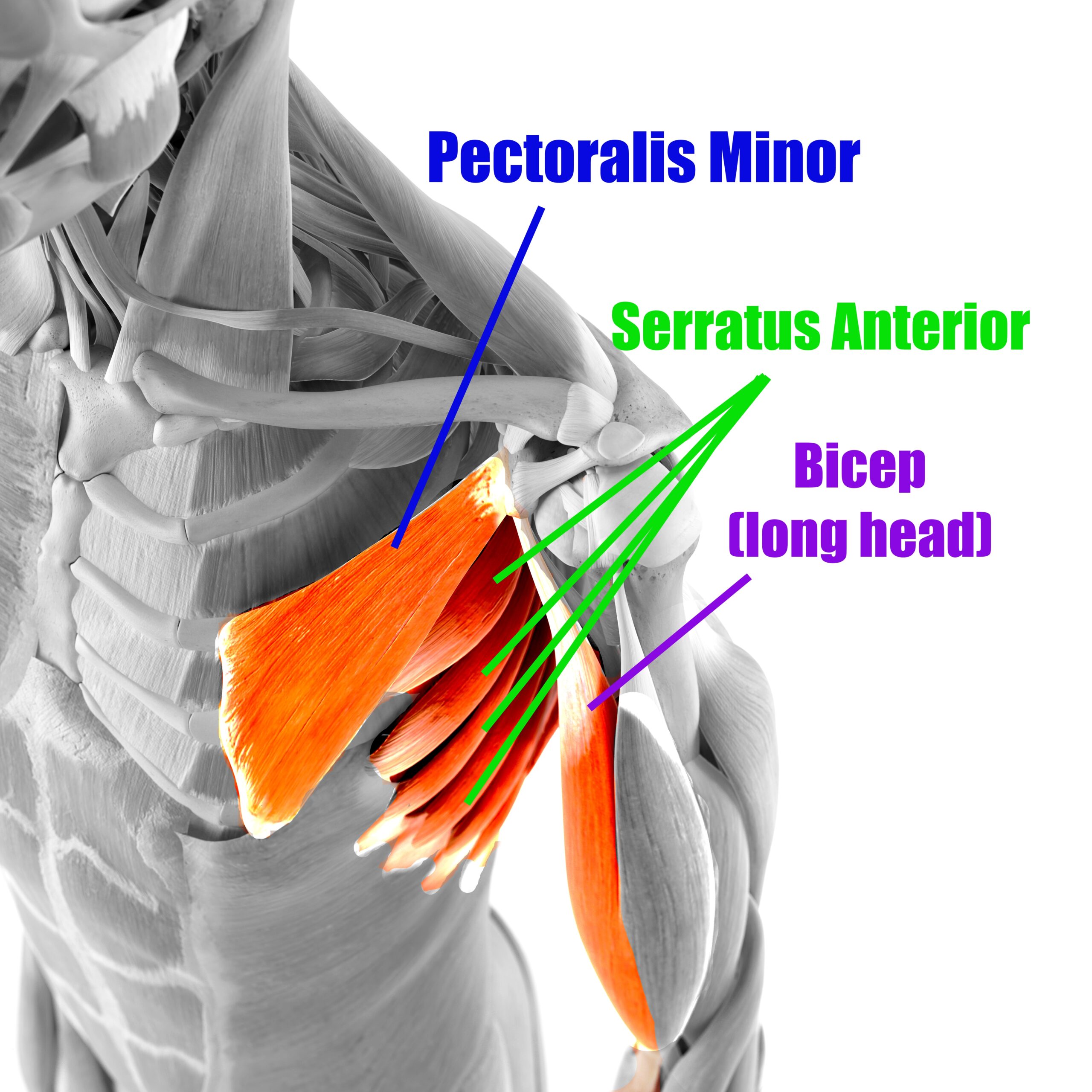
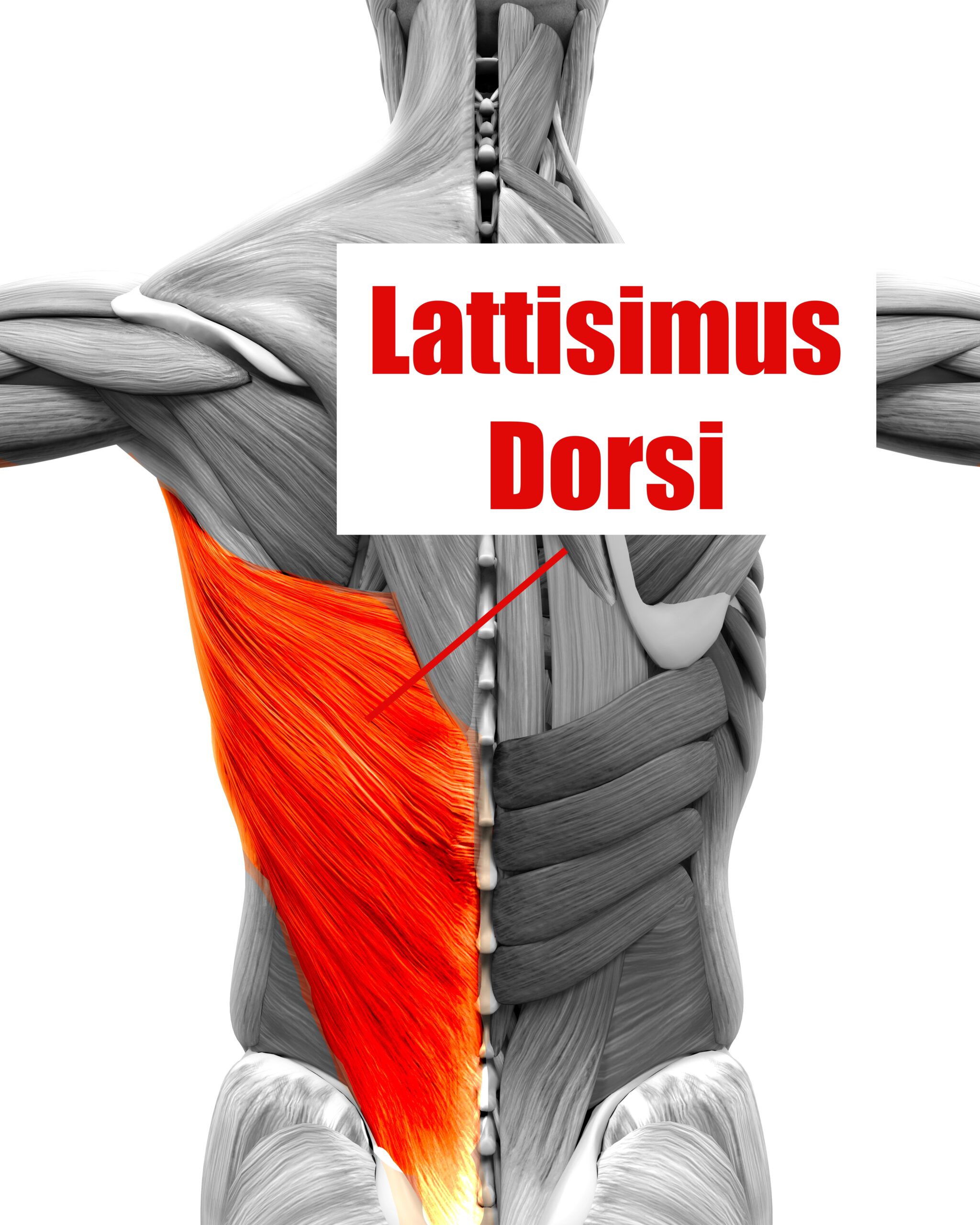
Stretching the pectoralis muscle and the bicep
To stretch the pectoralis minor, place your hands on the arm rest of the chair (as shown).
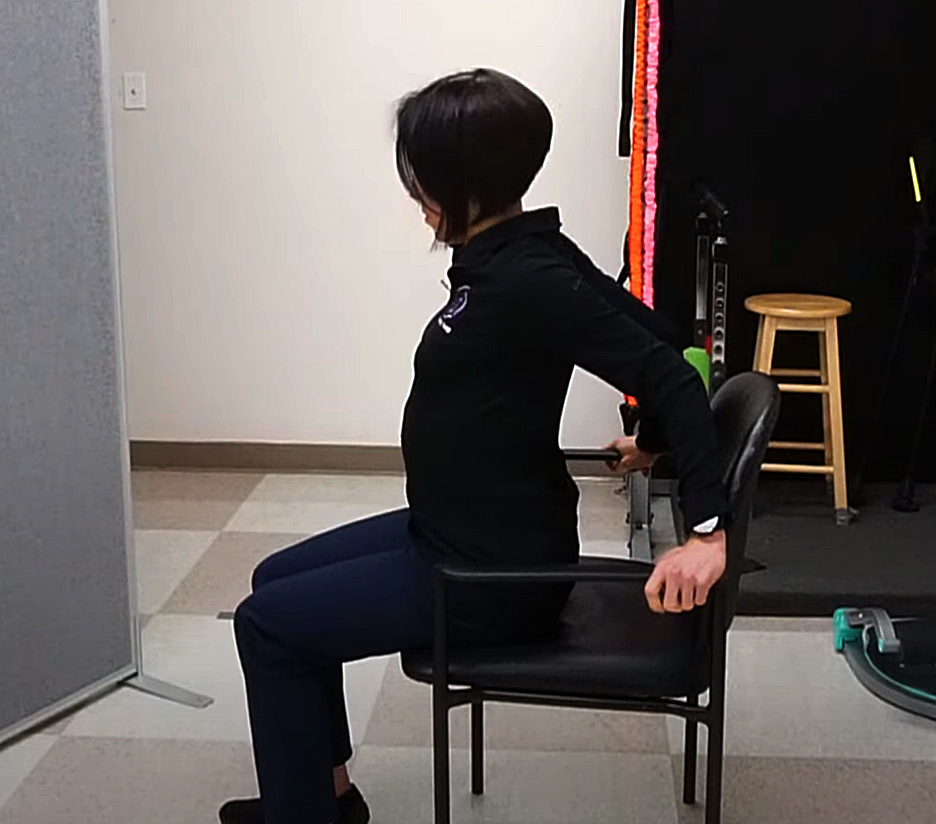
To stretch the bicep long head, strap your hand (if you do not have grip strength), to a dowel rod and use your strong arm to push the hand backward (see image)
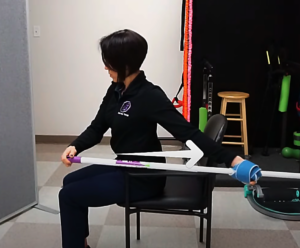
Stretching the Lattisimus Dorsi
If you have hemiparesis (weakness in one arm) and/or this has limited your ability to grip, you will want to use a nylatex strap and strap your hand to a dowel rod (see the first image below)
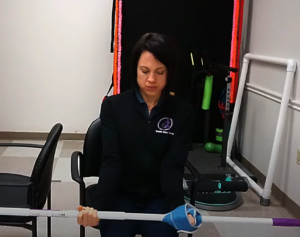
Next place your elbows on the back of a chair as shown. Of note, you want to be seated when you do this.
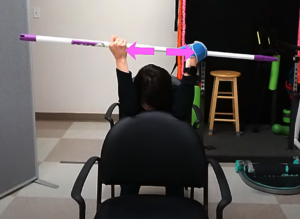
With your elbows on the back of a chair, press your chest toward the floor.
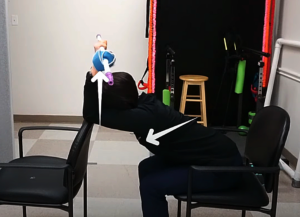
What are the Best Exercises to Improve Mobility of the Thoracic Spine?
Start seat with a sturdy roll behind the back (as shown in this picture). keeping your hips back in the chair try and point your chest toward the sky.
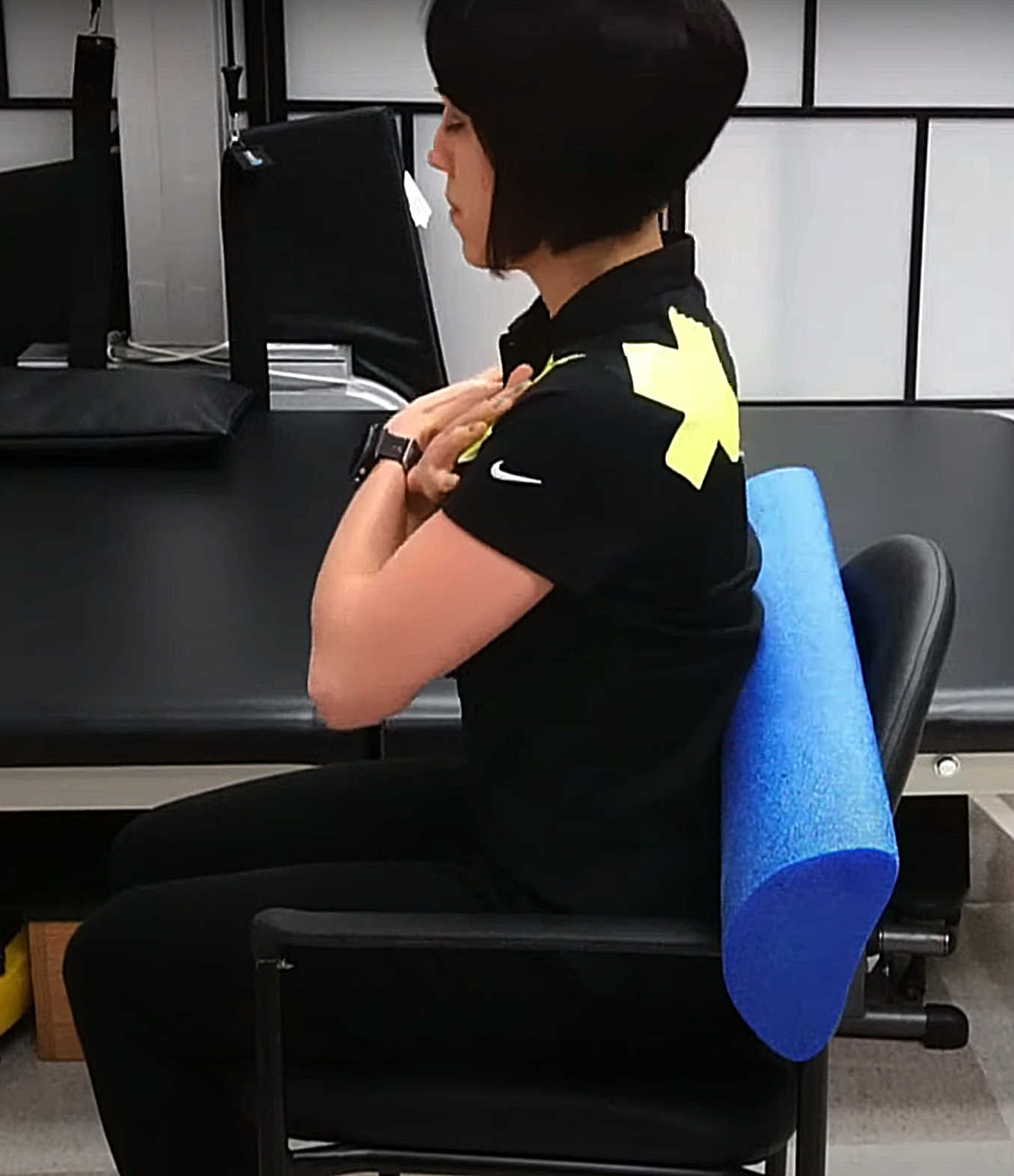
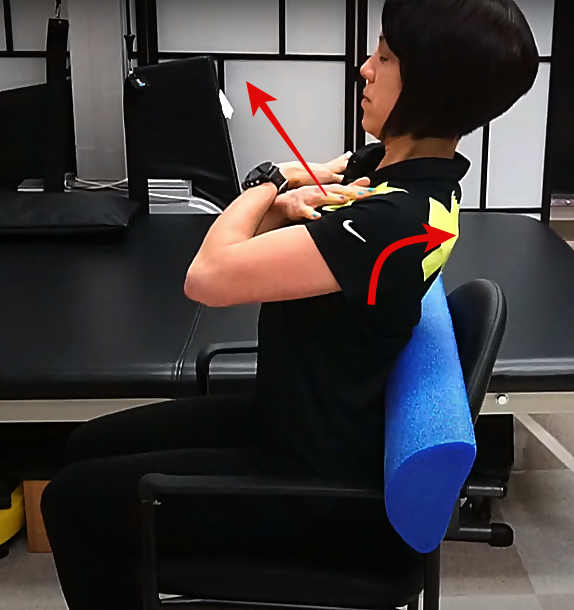
Do this routine every day prior to starting any reaching retraining exercises.
Full Video with detailed explanation
